Art Fairs
What Sold at Frieze New York? Blue-Chip and Bargain Works
Is the market contraction over? Dealers dish on top sales from the fair.
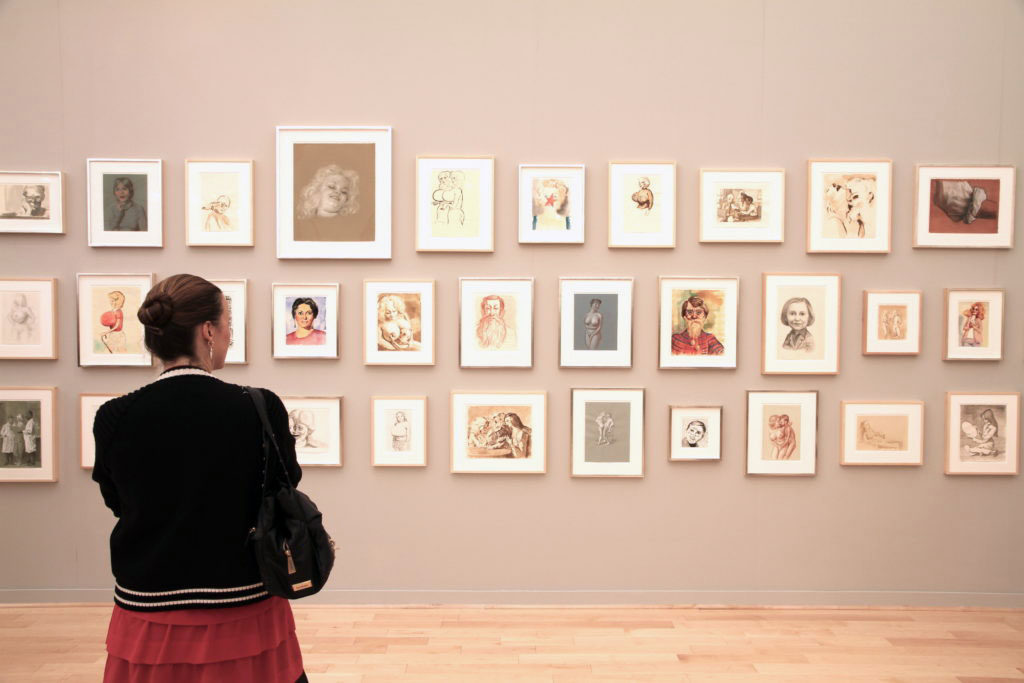
Is the market contraction over? Dealers dish on top sales from the fair.

Henri Neuendorf

New York remains the world’s biggest art market hub, and that’s why 190 galleries from 30 countries across six continents set up shop in the Big Apple for the sixth edition of Frieze New York last week. This year, the fair was shortened to span four days and closed yesterday, May 7.
Although the art market is no longer at the dizzying heights it reached just a few years ago, the quality of the work at the fair has not suffered, said New York-based dealer James Fuentes, a six-year veteran of Frieze New York.
“In a contracting market, people pull out all the stops and bring their best stuff,” he said, adding that initial activity was better than he expected. Across the aisle, Los Angeles-based dealer David Kordansky, who was showing works by Iranian artist Tala Madani priced between $22,000—$110,000, sold out his booth within the fair’s opening hours.
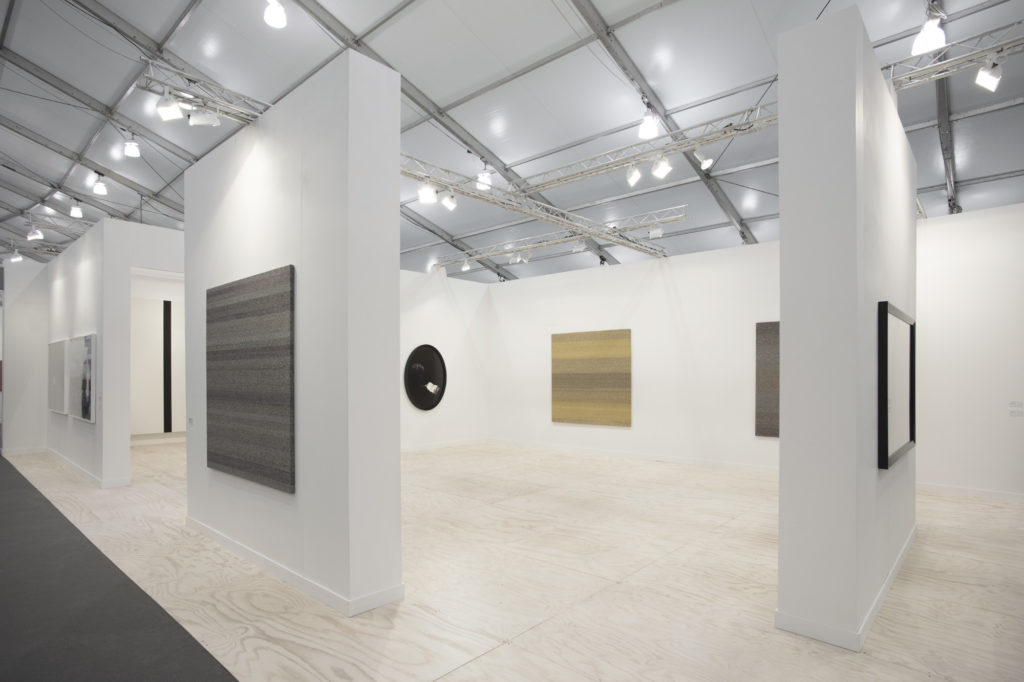
Lehmann Maupin at Frieze New York. Photo: courtesy of Lehmann Maupin.
Several dealers noted that some European collectors skipped Frieze New York this year, opting to stay home before shipping out to the Venice Biennale, which kicks off this week. But their absence did not put too much of a damper on sales, which remained solid in two categories: brand names and lower-priced emerging talent.
Paul Kasmin reported the early sale of two James Nares “Runway Paintings,” while Lehmann Maupin’s booth of female Californian artists Mary Corse, Liza Lou, and Catherine Opie was “incredibly well received,” according to a gallery representative. The gallery sold a pair of works by Lou for between $175,000—$250,000; two Catherine Opie portraits in the range of $40,000—$50,000, and two Mary Corse paintings for between $80,000—$120,000 and $200,000—$300,000, respectively.
Fellow New York outfit Jack Shainman made a splash with a mid-size El Anatsui aluminum and copper wire wall piece, which was priced at $1.1 million. (The list price would have been enough to crack the artist’s top five auction prices; his fourth-most expensive work at auction sold in 2015 for just under $1.1 million, according to the artnet Price Database.) The gallery also sold a Nick Cave sculpture for $75,000, a Toyin Ojih Odutola work on paper for $40,000, and a Radcliffe Bailey textile piece for $55,000.
It wasn’t only the Americans that were closing deals. German dealers Sprüth Magers placed paintings by Llyn Foulkes, ceramics by Rosemarie Trockel, and ceramic paintings by Otto Piene, whose estate the gallery recently began representing.
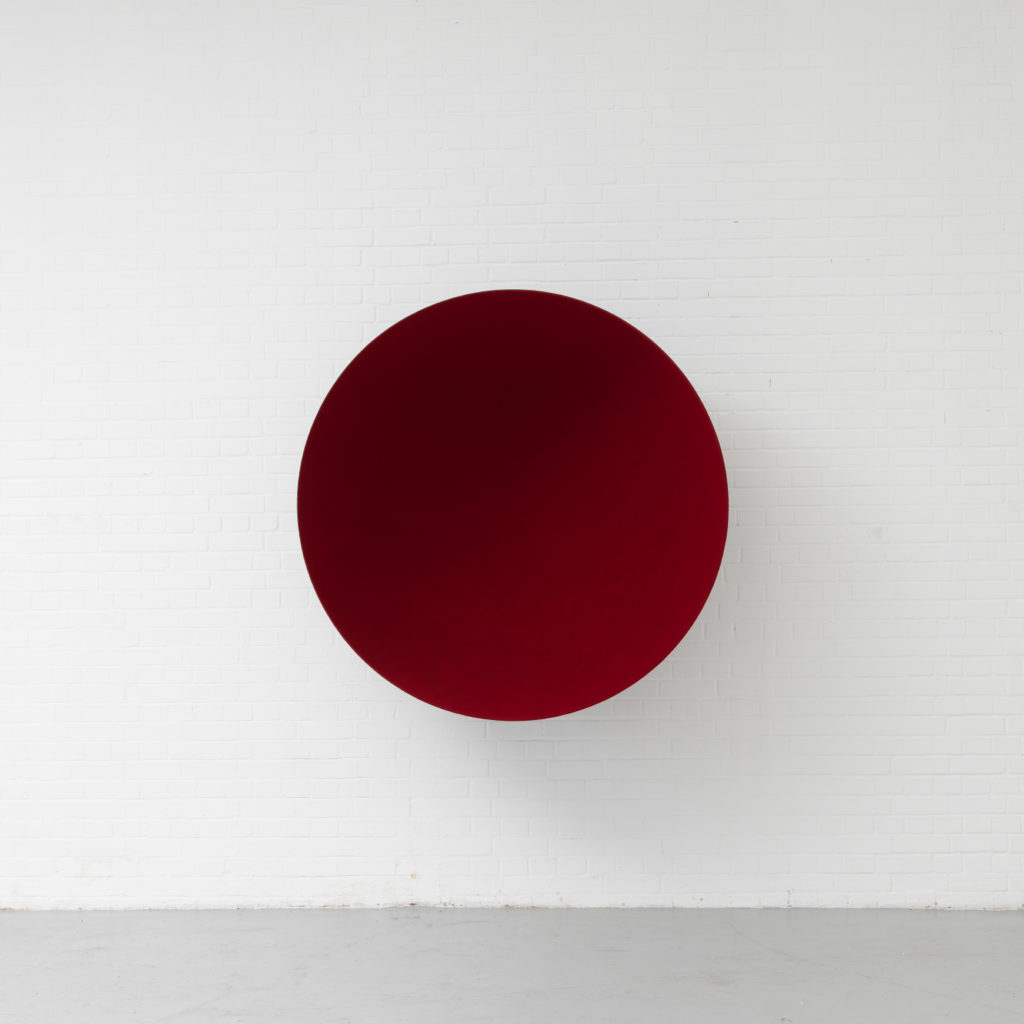
Anish Kapoor Void (1990). Photo: courtesy of Lisson Gallery.
Meanwhile, British gallery Lisson reported the sale of three Anish Kapoor works, including a rare early wall piece dated 1990 for a hefty £1.2 million ($1.5 million). (A similar work from 1996 sold at auction in 2013 for $1.7 million, according to the artnet Price Database.) Lisson also sold more recent works by the British/Indian artist for $450,000 and £600,000 ($775,000), respectively, and three works by Lee Ufan for $390,000, $275,000, and $45,000.
Brazilian gallery Mendes Wood DM sold two sculptures by Michael Dean, three works by Adriano Costa, as well as a few works by Solange Pessoa and Sonia Gomez, and several editions by Luiz Roque. All works sold for between $10,000—$50,000.
Despite a solid fair, the gallery’s sales director Martin Aguilera wouldn’t declare an end to the market drought just yet. “A lot of our buyers were existing clients from Brazil, and Belgians who probably came because we recently opened a space in Brussels,” he explained, crediting the gallery’s success to its continuous international outreach.
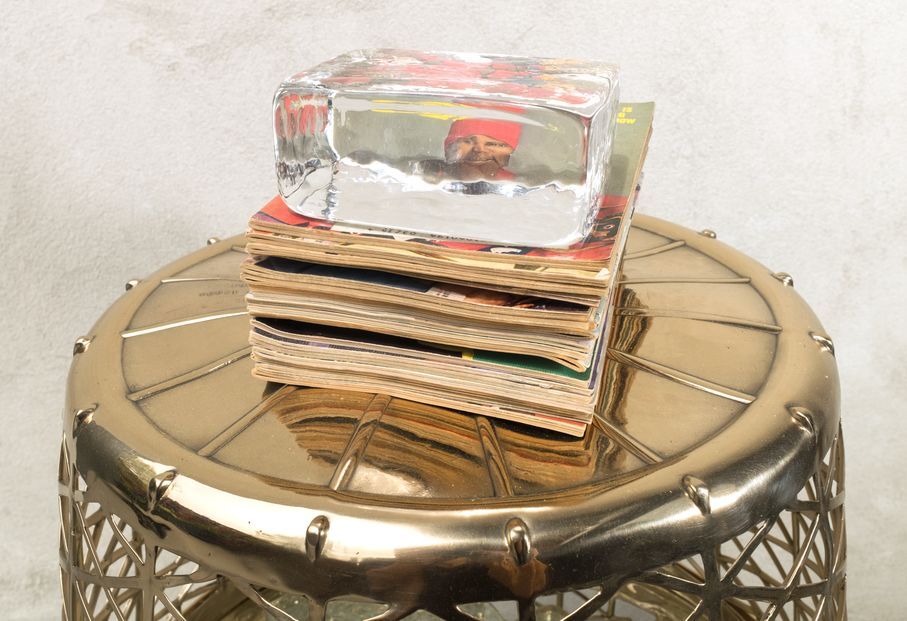
Lorna Simpson They Cheated Death (2017). Photo: James Wang, courtesy of Hauser & Wirth.
On the fair’s second day, heavy rain left the tent more sparsely-attended; one Los Angeles-based dealer told artnet News that some clients had called to say they were “afraid to leave their hotel rooms.” Buckets were installed here and there to collect water dripping through the tent, and Instagram was full of iPhone screenshots of emergency flood alerts.
Despite the weather, however, Hauser & Wirth reported an “overwhelming response from curators and collectors” to Lorna Simpson’s new paintings and sculptures. The gallery placed all works “in major museums and private collections,” a gallery representative said in an email.
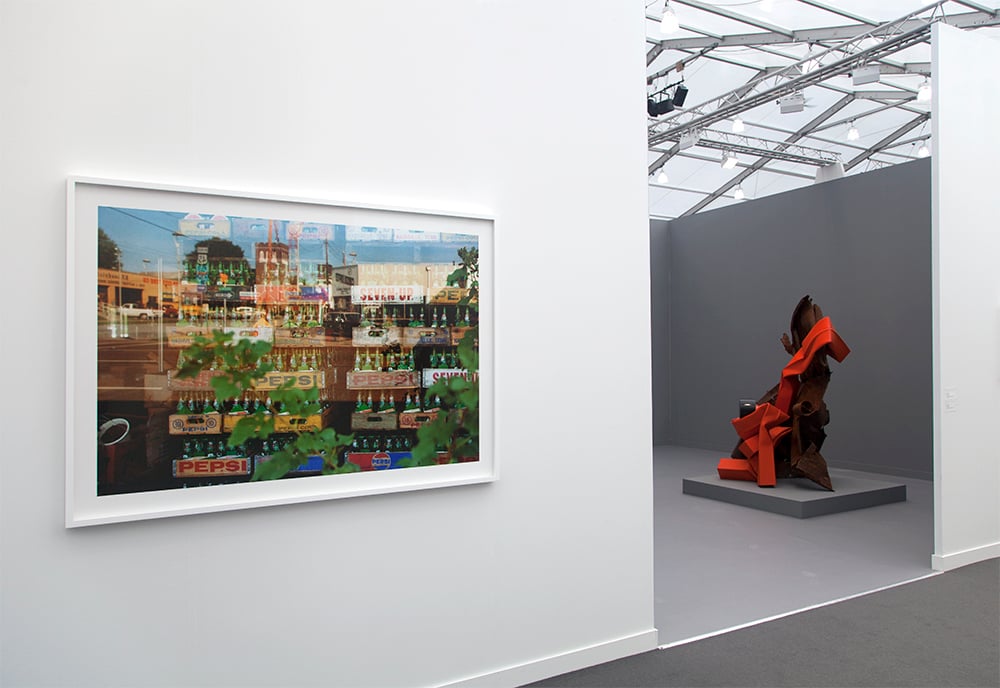
Works by William Eggleston and Carol Bove at David Zwirner. Photo: courtesy of Davi Zwirner.
David Zwirner sold all four works by the sculptor Carol Bove for between $50,000—$550,000 and 10 large-scale William Eggleston photographs for $185,000 each.
Thaddaeus Ropac also reported a flurry of sales, led by the placement of two Rauschenberg works for $675,000, a Georg Baselitz painting and large Robert Longo work on paper for $550,000, a David Salle painting for $275,000, a Jack Pierson wall piece for $190,000, and an Imran Qureshi work for $65,000.

Robert Rauschenberg Pinion (Borealis) (1990). Photo: Jessica Earnshaw © Robert Rauschenberg Foundation/Licensed by VAGA, New York, courtesy of Galerie Thaddaeus Ropac, London, Paris, Salzburg.
It wasn’t only blue chip dealers that did well. Los Angeles-based gallerist Esther Kim Varet of Various Small Fires said the fair “met and surpassed” her expectations. But she stopped short of predicting a definitive change in the market climate. The fact that “we’re showing artists in a reasonable price range helps,” she admitted. Varet told artnet News that she sold works by Jessie Homer French, B. Thom Stevenson, Joshua Nathanson, and Andrea Longacre-White.
Berlin-based dealer Daniel Wichelhaus of Societé sold works by Timur Si-Qin, four pieces by Bunny Rogers, four by Trisha Baga, one by Jeanette Mundt, and two by Med Vena. Once again, the dealer said he’s not sure if his robust sales signaled a market normalization following a period of contraction, explaining that he doesn’t believe in macro market movements. “Success depends on your infrastructure, the artists and the works you bring, and the people around you,” he said. “Sometimes you sell, sometimes you don’t.”